Service Area
Solutions Engaged
Objective
Design a method to use mobility data to measure urban indicators for the UN-Habitat Quality of Life Index.
Method
Developed, tested and deployed four unique methods to track the behaviour of city residents accessing specific services and facilities. Examined mobility patterns, including nighttime neighbourhood walking, frequency of visits to cultural facilities, time spent at leisure and recreation locations and mobile internet penetration.
Solution
Geografia conducted a proof-of-concept study to explore how mobility data can be used to measure indicators from the UN-Habitat Quality of Life Index. Collecting spatial analytics data from five cities around the world, the study designed, tested, and deployed four unique methods to track various aspects of quality of life, such as how residents interact with local facilities and services. The metrics examined included behaviours like walking in neighbourhoods after dark, frequency of visits to cultural venues, time spent in recreation facilities, and preferences for visiting parks either locally or elsewhere in the city.
The mobility data collected was also used to validate an additional analysis measuring mobile internet speed and latency by suburb. These methods are now part of a larger initiative led by UN-Habitat to measure quality of life across nine urban domains, aiming to extend the project to 100 cities by 2025.
More Projects
No results found.
No results found.
